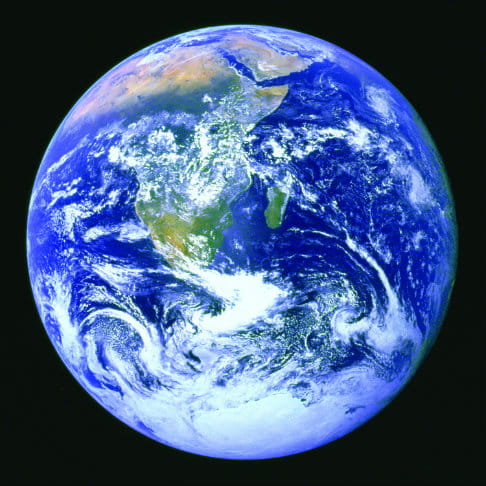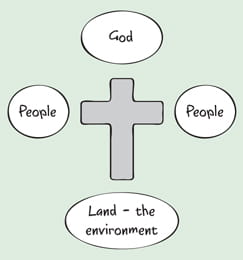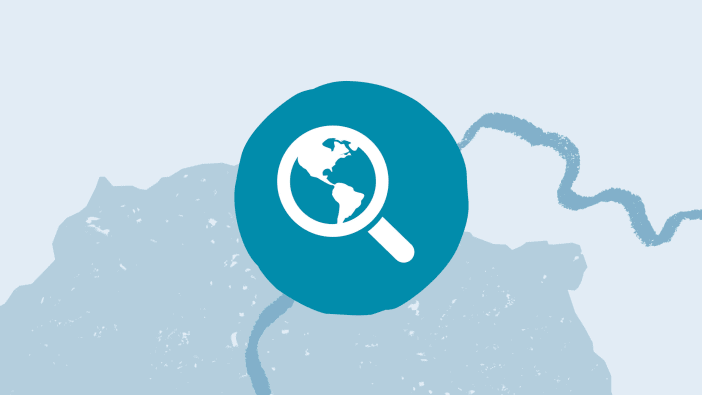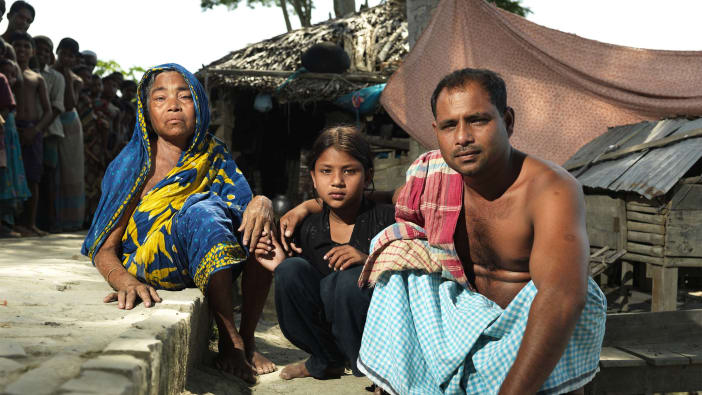Introduction
In pairs or small groups, spend a few moments sharing where each of you feels closest to God.
Then share a sentence from your partner with the bigger group (eg ‘Sipho feels closest to God walking on the mountain’). Reflect on how often people feel close to God in nature.
Read Genesis 2:4–15
In the beginning, God created the heavens and earth, the plants, the animals, the people and all our ecosystems. And God saw that it was good.
God placed human beings on this beautiful garden planet, intending them to work the land and look after it (Genesis 2:15).
But then things began to go wrong. Adam and Eve were tempted by the serpent and disobeyed God’s command. This is what we call ‘the Fall.’ We will now explore what happened after sin entered the world.
1. God and people
How would you describe the relationship between God and humans when God first placed them in the Garden of Eden?
Read Genesis 3:8–11
- What was the relationship like between God and humans after sin came into the world?
- How do we see this breakdown in the communities in which we live and work?
So the first breakdown was in the relationship between God and people.
2. People and people
Read Genesis 2:22–25, 3:6–7, 3:11–13 and 3:16
- What was the relationship like between Adam and Eve in the beginning?
- What was their relationship like after sin came into the world?
- How do we see this breakdown in the communities in which we live and work?
Reflect on the fact that in the following generation, Cain and Abel brought jealousy, hatred and murder into human relationships. So the second breakdown was in relationships between human beings.
3. People and the environment
Read Genesis 2:8–9, 3:17–19 and 3:23
- What was the relationship like between people and their environment in the beginning?
- What was the relationship like after sin came into the world?
- How do we see this breakdown in the communities in which we live and work?
- How do we see this breakdown at a global level?
So the third breakdown was in relationships between people and the environment.











